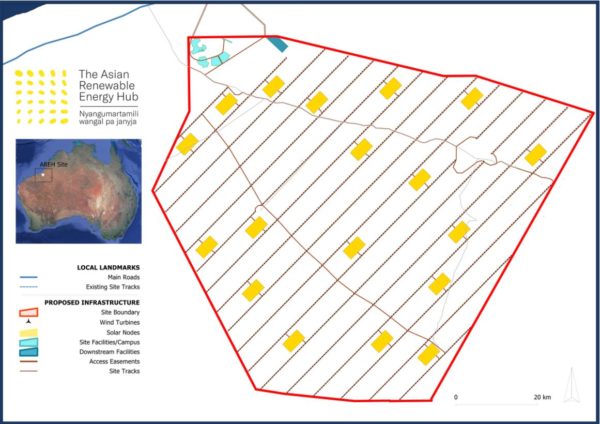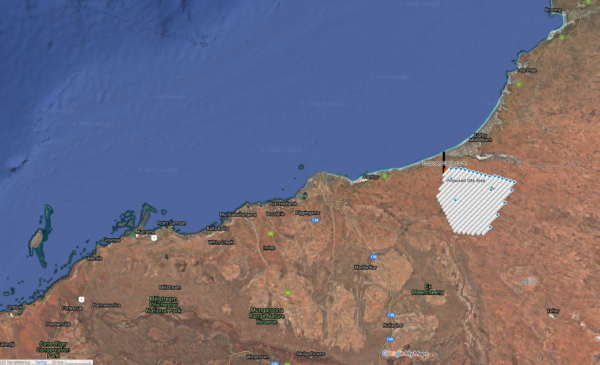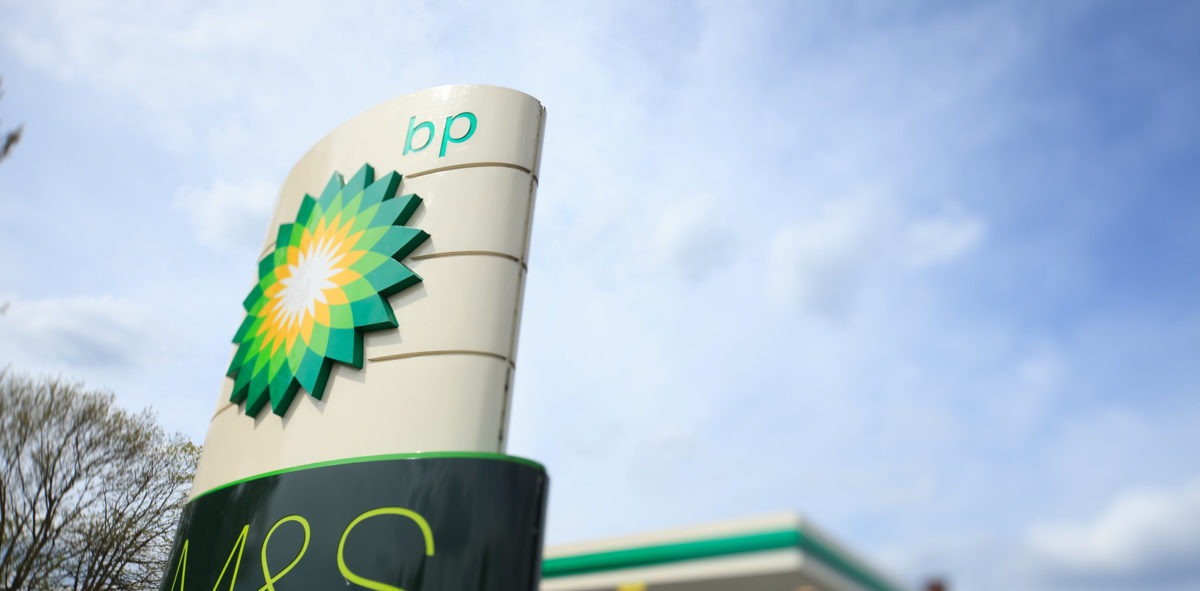UK-based oil supermajor BP has today confirmed it will become the majority shareholder and operator of one of the largest renewable energy projects in the world, the Asian Renewable Energy Hub.
The scope of the $36 billion project has ballooned to 26 GW and is expecting to begin producing power by 2027. The project sparked controversy last year when when its proposal was rejected by then federal environment minister Sussan Ley on environmental impact grounds.
Its developers, including InterContinental Energy and CWP Global, were unfazed, saying they would amend the proposal.
Rumours of BP’s interest in becoming a stakeholder in the project first surfaced last month, but the company’s willingness to invest seems to have grown since then from the first thought 30% to today’s 40.5% stake.
Vestas and Macquarie also hold a stake in the hub, which will be located between Port Hedland and Broome in the state’s north.

Western Australia’s government welcomed the news today, saying the project will “catalyse significant new manufacturing and mineral processing opportunities for WA,” and adding that it has been “working closely with Intercontinental Energy and BP to get the project to this stage.”
“A project of this scale will require new supply chain facilities for the manufacture and assembly of equipment for wind, solar and hydrogen generation, which will create new, local, high-value jobs,” its Hydrogen Industry Minister, Alannah MacTiernan, said.
Asian Renewable Energy Hub
The project has been in the planning stages since 2014, getting bigger and bigger every year. In 2017 it was unveiled as a 6 GW hybrid plant, then the plan grew to 9 GW, 11 GW, and now 15 GW.

Image: AREH/Google Maps
The 15 GW hybrid plant (10 GW wind, 5 GW solar) is only the first stage though – with its proponents planning to eventually expand to reach 26 GW of renewable wind and solar generation, servicing industries throughout the Pilbara such as mines and mineral processing, as well as Asian markets with green hydrogen and ammonia.
The project is also promising at least 3 GW of generation capacity for Pilbara energy users themselves.
This content is protected by copyright and may not be reused. If you want to cooperate with us and would like to reuse some of our content, please contact: editors@pv-magazine.com.









1 comment
By submitting this form you agree to pv magazine using your data for the purposes of publishing your comment.
Your personal data will only be disclosed or otherwise transmitted to third parties for the purposes of spam filtering or if this is necessary for technical maintenance of the website. Any other transfer to third parties will not take place unless this is justified on the basis of applicable data protection regulations or if pv magazine is legally obliged to do so.
You may revoke this consent at any time with effect for the future, in which case your personal data will be deleted immediately. Otherwise, your data will be deleted if pv magazine has processed your request or the purpose of data storage is fulfilled.
Further information on data privacy can be found in our Data Protection Policy.